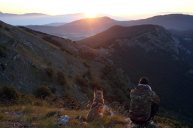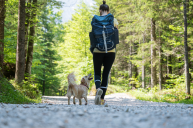Nothing sparks outrage among outdoorsy dog owners like the statement: Dogs must be leashed on trail. Add fuel to the fire by throwing out that you should be packing out their waste, even in the backcountry. But the reality is: Nothing is better than hiking with your four-legged friend, and some rules are there to keep them safe as well as the surrounding ecosystem.
I'll be the first to admit: I used to break several of these rules. My dog has seen all Lower 48 states, plus much of Alaska and Canada. Along the way, she's traipsed through the backcountry, frolicked on Forest Service roads, and gone on countless hikes. She wasn't always on a leash, and it took some convincing for me to bag her backcountry poop (I mean, aren't other animals constantly pooping in the woods?).
But after countless miles under our feet and our paws—plus, some time spent enforcing the rules as a backcountry ranger—I've learned the reasons behind the regulations and why following them is in the best interest of everyone.
Leashes Are Not Optional
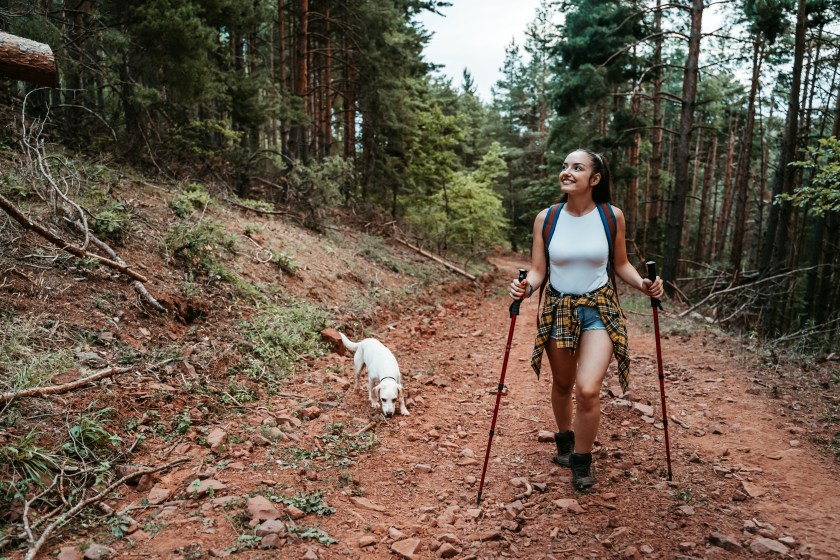
Getty Images, urbazon
On commonly-used trails, even if your dog is the best-behaved dog on the planet, that doesn't mean that other dogs you come across will be. People with aggressive dogs take their dogs on hikes, too, and sometimes their owners can't control them. While that begs a different conversation, the long and short of it is: If your dog gets bit because it runs up to an aggressive dog on-leash, you're the one who has to deal with the aftermath.
In the backcountry, isolated from others, there's always wildlife—and there's no guarantee your well-trained pup will stay under voice command if you suddenly come across a cow, deer, or a bear. With their keen sense of smell, dogs often spot other wildlife before their owners are aware.
If they give chase, they may endanger other creatures—or themselves. They could chase a bolting deer and get cut by an old barbed-wire fence. Recently before a hog hunt, an off-leash dog bolted across a rural field in Texas; fell into an uncovered, toxic cistern; and died.
Moreover, being startled by an off-leash dog is one of the main reasons why bears attack.
The best way to keep your furry friend safe is to keep them on a leash.
Bag That Poop
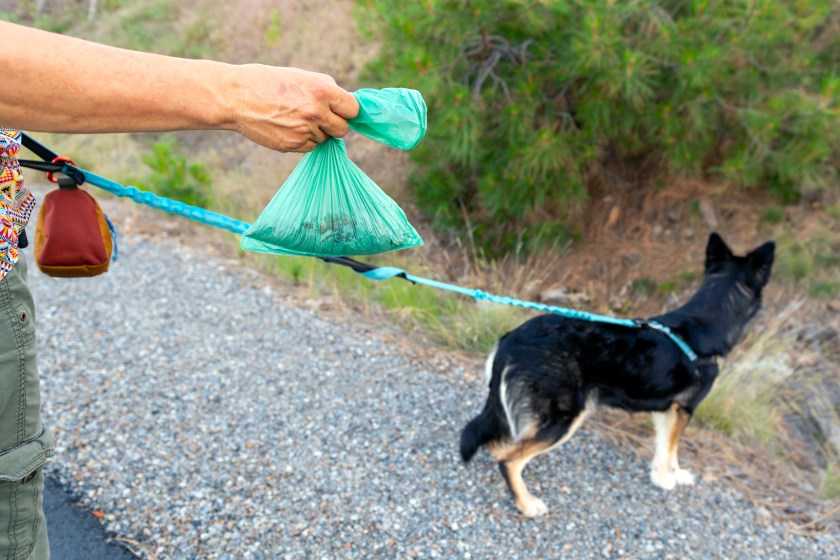
Getty Images, Kirk Fisher
For me, this was the rule that took some convincing. I understood the social obligation to scoop my dog's poop on the sidewalk, public park, or in someone else's yard. But in the backcountry, why would I wrap a natural function in a swath of plastic, only to later discard it in a rubbish bin? Wasn't that doing more harm than good?
The problem is one of numbers: There are simply more dogs—approximately 90 million in the U.S. alone—than the environment can naturally handle. Dog waste contains harmful parasites like tapeworm and hookworm, as well as giardia and E.Coli, which can spread diseases between other dogs and people. If highly concentrated or disposed of near a water source, these pathogens can be particularly invasive.
According to the Leave No Trace organization, dog poop's impact on water sources can be a significant issue—ranking as the 3rd or 4th leading cause of water pollution in some cities.
The way to avoid this is to properly dispose of dog waste. And please, for the love of all things, carry the bags with you when you leave the trail. Those little plastic satchels littering the trail are not "compost"—even if the waste bag is compostable—they're an eyesore. And gross.
Keep Your Dog On the Trail
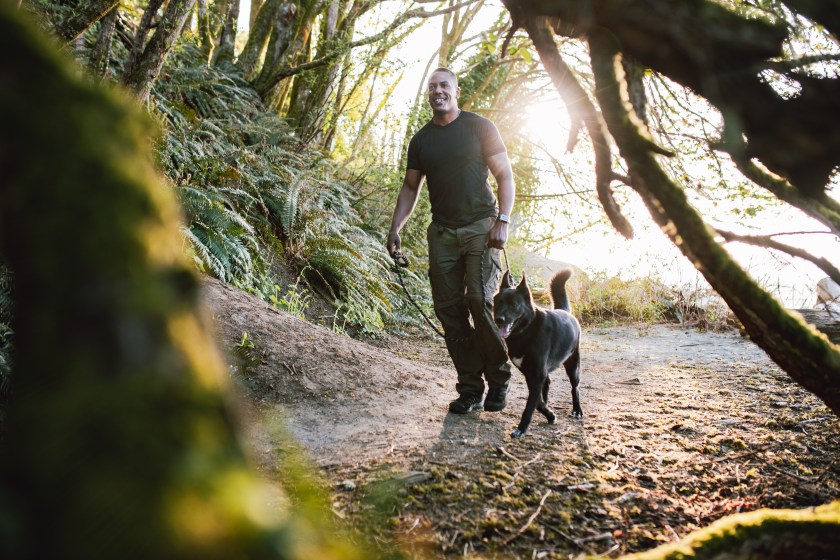
Getty Images, RyanJLane
Whether your dog is on leash or off, you need to keep them on trail. For one, this circles back to the dog's safety: If they wonder off trail and out of sight, dangerous embankments, surprise water crossings, and sudden drop-offs may all put your pal at risk.
But also, just like how staying on trail is a Leave No Trace principle for humans, so it is for dogs. And for good reason: 'Don't bust the crust' is an adage from the desert, where microscopic bacteria form a fragile soil "crust" that is easily broken by an errant step. But I've used it as a handy mnemonic for reminding myself to tread lightly on any new place that I visit.
Sometimes, the most precious parts of a landscape aren't immediately visible or apparent to the untrained eye.
A similar phrase, "plants grow by the inch but die by the foot," also helps to put things in perspective.
Sure, one off-trail trot probably won't do much harm; however, an estimated 300 million people visit our National Parks each year. Even if only 1% are traveling with dogs, that's 3 million pups exploring annually. Multiply that by the millions of other visits to county and state parks, National Forests, and other wild places, and you've suddenly got the potential for massive impact.
One of the most magical things about our wild spaces is how open, isolated, and untouched they feel. It's up to us—and the dogs in our care—to keep it that way.
READ MORE: Dog First Aid Kit: 16 Essential Items to Pack, According to a Vet



